Satellite phones, often seen as the pinnacle of communication technology, serve as a lifeline in remote locations or during emergencies where traditional networks fail. However, their steep price tags can leave many wondering—why are satellite phones so expensive? Let’s break it down.
1. Advanced Technology and Infrastructure
Unlike traditional mobile phones that rely on ground-based towers, satellite phones connect directly to orbiting satellites. Building and maintaining these satellites require substantial investments, often running into millions or even billions of dollars. The cost of launching and operating this infrastructure is a significant factor driving the high price of satellite phones.
2. Specialized Hardware Design
Satellite phones are designed to operate in extreme conditions, from the freezing Arctic to scorching deserts. They are built with robust materials to withstand rough handling, adverse weather, and interference, making them more durable than regular phones. This durability and adaptability add to their production costs.
3. Limited Market Demand
Satellite phones cater to a niche market, including adventurers, remote workers, emergency responders, and maritime users. Unlike mass-produced smartphones, the limited demand results in smaller production runs, which increases manufacturing costs per unit.
4. Costly Satellite Services
Satellite phones require specialized service plans that include access to satellite networks. Providers like Iridium, Inmarsat, and Globalstar incur significant operational costs, from maintaining satellites to ground station infrastructure. These costs are passed on to consumers through both device and subscription fees.
5. Regulatory and Licensing Fees
Operating satellite phones involves complying with international regulations and acquiring licenses to use specific frequency bands. These regulatory requirements contribute to the overall expense of the technology.
6. High Research and Development Costs
Satellite communication technology is complex, requiring continuous research and development to improve connectivity, reduce latency, and ensure reliability. Companies invest heavily in R&D, and these costs are factored into the final price of satellite phones.
Are Satellite Phones Worth the Investment?
Despite their high cost, satellite phones are invaluable for users who need reliable communication in remote or disaster-stricken areas. Whether it’s for safety during wilderness expeditions or staying connected in areas prone to hurricanes or earthquakes, their benefits often outweigh the expense for those who rely on them.
Alternatives to Satellite Phones
For those seeking more affordable options, devices like walkie-talkies and long-range communication gadgets can serve as effective substitutes for short distances. Additionally, some modern smartphones can integrate with satellite connectivity for emergency use, offering a middle ground between cost and functionality.
Conclusion
Satellite phones are a marvel of modern technology, providing global communication coverage in ways traditional phones cannot. While their price may seem high, it reflects the advanced technology, infrastructure, and specialized market they serve. For anyone venturing beyond the reach of cellular networks, a satellite phone is not just a gadget—it’s a lifeline.


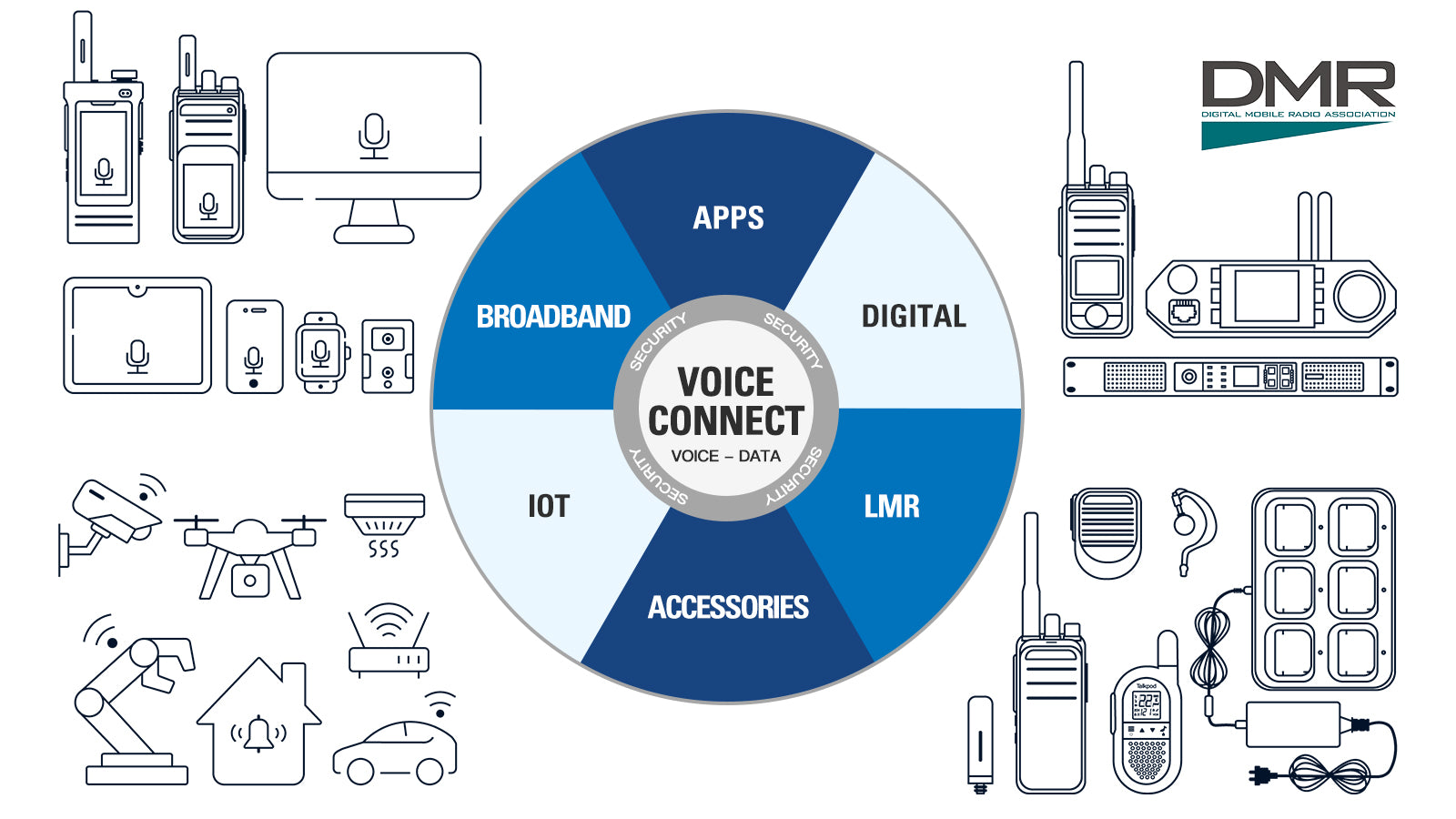


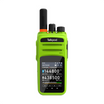
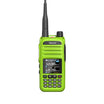
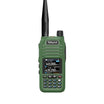
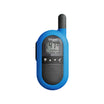


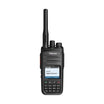
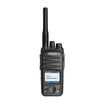

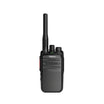
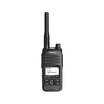
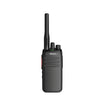
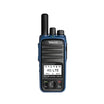
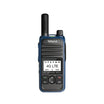
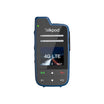
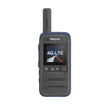
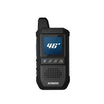
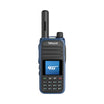
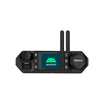
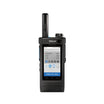
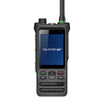


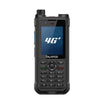
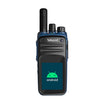
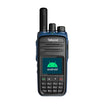
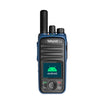
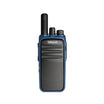

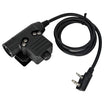


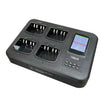





Leave a comment
All comments are moderated before being published.
This site is protected by hCaptcha and the hCaptcha Privacy Policy and Terms of Service apply.